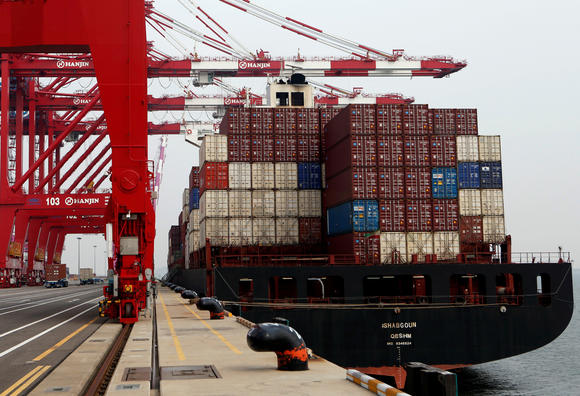With Asia’s economies humming along, consumer prices rising and the US edging toward higher interest rates, markets have been unloading Asian government bonds and sending long-term interest rates soaring. Expectations are growing that Asian central banks will start raising rates soon, in what could amount to “credit tightening dominoes”.
This could significantly affect flows of investment funds, creating risks for international financial markets, which might be in for a ride. So far, the currencies and stock markets of emerging Asia have been mostly stable, but there is no basis for unreserved optimism, Nikkei reported.
The central banks of South Korea, Malaysia and the Philippines are all expected to raise rates in the coming months, while in India, expectations for easing have subsided.
When the Bank of Korea released the minutes of its Oct. 19 policy board meeting on Nov. 7, it reaffirmed the broad view that it was getting ready to tighten policy.
The BoK kept its policy rate unchanged at a record low 1.25%, but one of seven board members voted for the first increase in over six years. Two other members mentioned the need to raise the rate at some point, local reports said.
Calls for tighter policy have been rising as South Korea’s economy improves. In October, the government announced that real gross domestic product grew 1.4% in the July-September period from the preceding quarter, the fastest in about seven years. The BoK has raised its projection for real GDP growth in 2017 to 3%.
The central bank is now expected to raise its key rate at its Nov. 30 meeting for the first time since June 2011. Nomura International (Hong Kong) says the BoK is likely to push its policy rate above 2% by the first half of 2019.
Since the October meeting, the yield on 10-year South Korean government bonds, the long-term benchmark, has risen sharply, hovering around 2.6% since Nov. 20, the highest since early 2015.
The exchange rate of South Korea’s currency, the won, is currently at a 14-month high against the US dollar, and there have been no capital outflows from the country, which investors see as strong enough to withstand higher rates. But markets could be less sanguine if the BoK tightens credit repeatedly, sparking concerns that the economy could suffer.


